Home>Home Appliances>Home Automation Appliances>How Many Alexa Devices Can You Link
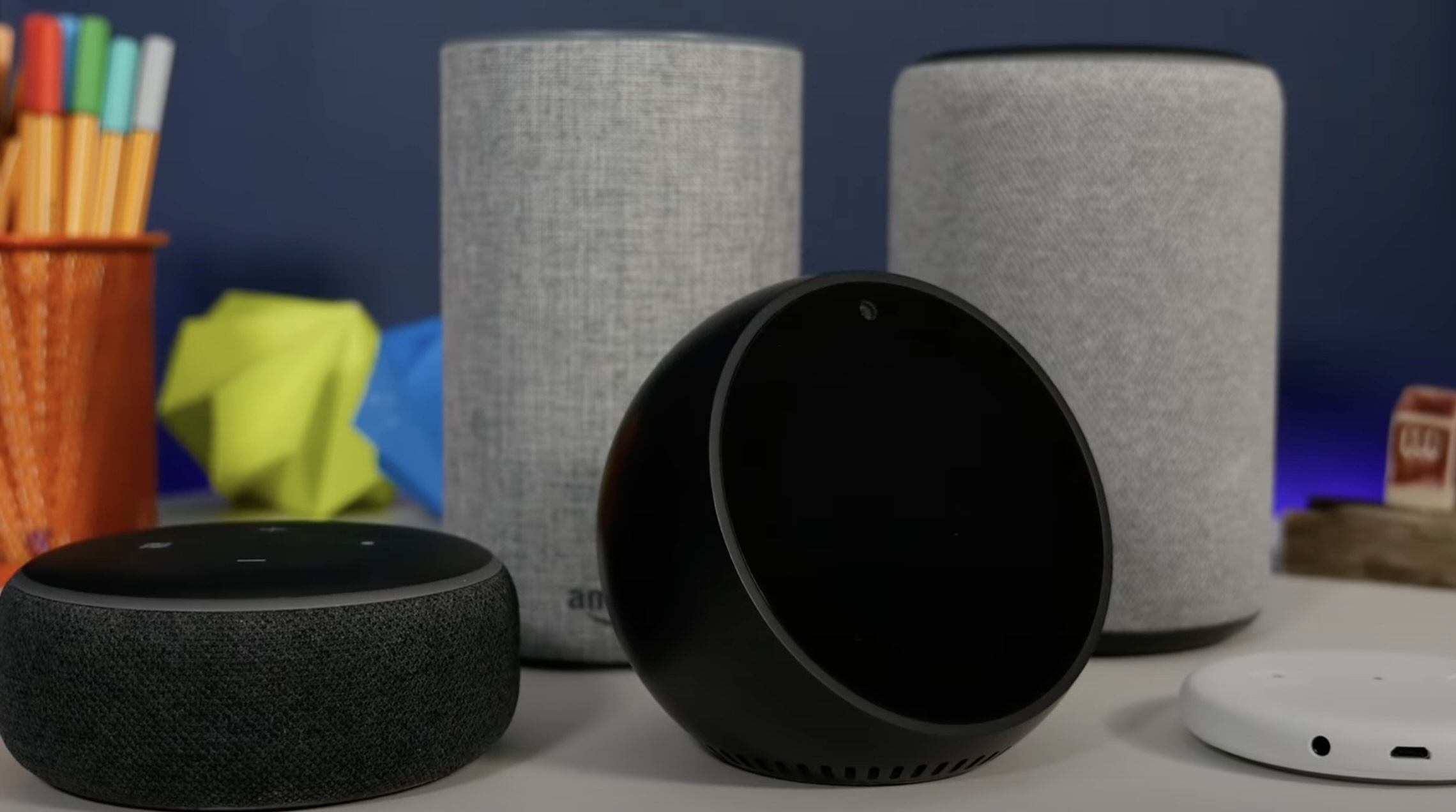

Home Automation Appliances
How Many Alexa Devices Can You Link
Modified: August 17, 2024
Discover how many Alexa devices you can link for seamless control of your home automation appliances. Simplify your smart home setup and management today.
(Many of the links in this article redirect to a specific reviewed product. Your purchase of these products through affiliate links helps to generate commission for Storables.com, at no extra cost. Learn more)
Introduction
Welcome to the era of smart home technology, where convenience and connectivity converge to simplify our daily lives. Among the leading innovations in this realm is the Amazon Echo series, which includes a range of Alexa-enabled devices designed to streamline tasks and enhance the overall living experience. As the popularity of these devices continues to soar, many individuals are curious about the possibility of linking multiple Alexa devices within their homes.
Imagine seamlessly controlling various aspects of your home, from adjusting the thermostat and playing music in different rooms to setting reminders and receiving updates, all with the power of your voice. This level of integration not only fosters efficiency but also fosters a futuristic ambiance that was once solely the domain of science fiction.
In this comprehensive guide, we will delve into the intricacies of setting up and linking multiple Alexa devices, exploring the seamless possibilities that arise from such integration. Whether you are a seasoned smart home enthusiast or a newcomer to the realm of home automation, this article will equip you with the knowledge needed to harness the full potential of your Alexa-enabled ecosystem.
Key Takeaways:
- Linking multiple Alexa devices allows you to control your home with ease, from adjusting lights to playing music in different rooms, creating a futuristic and convenient living experience.
- By setting up and linking multiple Alexa devices, you can create a harmonious and responsive smart home environment, where your voice becomes the conduit for orchestrating various tasks and functions with unparalleled ease.
Read more: What Devices Can You Control With Alexa
Setting Up Multiple Alexa Devices
Before delving into the process of linking multiple Alexa devices, it is crucial to ensure that each device is set up correctly within your home network. The initial setup involves connecting each Alexa-enabled device to your Wi-Fi network and configuring individual preferences to align with your specific requirements. Whether you are unboxing a new device or integrating an existing one into your ecosystem, the setup process remains fundamental to the seamless functioning of your smart home network.
Begin by selecting an ideal location for each Alexa device, considering factors such as proximity to power outlets, Wi-Fi signal strength, and the intended usage within your home. Once the physical placement is determined, power on the device and follow the on-screen prompts or voice-guided instructions to connect it to your Wi-Fi network. This step typically involves using the Alexa app on your smartphone or tablet to initiate the setup process and link the device to your Amazon account.
During the setup, you may be prompted to customize device-specific settings, such as the wake word, language preferences, and privacy options. These settings allow you to tailor the user experience to your liking and ensure that each Alexa device operates in harmony with your individual needs and preferences.
It is important to note that the setup process may vary slightly depending on the specific model of your Alexa device. However, the overarching goal remains consistent: to seamlessly integrate each device into your smart home network, laying the foundation for a cohesive and interconnected ecosystem.
Once all your Alexa devices are successfully set up and connected to your Wi-Fi network, you are ready to proceed with the process of linking them to unlock the full potential of a multi-device Alexa environment.
Linking Multiple Alexa Devices
Linking multiple Alexa devices within your home network opens the door to a myriad of possibilities, allowing for seamless communication and coordination among the interconnected devices. This integration facilitates a cohesive smart home experience, enabling you to control and manage various tasks and functions across different devices with unparalleled ease.
To initiate the process of linking multiple Alexa devices, start by accessing the Alexa app on your smartphone or tablet. Within the app, navigate to the settings or device management section to locate the option for adding and linking devices. Here, you will find the necessary tools and interfaces to establish connections between your Alexa devices, paving the way for a unified and synchronized network.
One of the key methods for linking multiple Alexa devices involves creating and organizing them into groups based on their location or function within your home. For instance, you can designate specific devices in the living room, kitchen, bedroom, or any other area, and then group them accordingly within the Alexa app. This grouping enables you to issue commands that simultaneously affect all devices within a particular group, fostering a seamless and synchronized experience tailored to your needs.
Furthermore, the process of linking multiple Alexa devices allows for the creation of multi-room audio setups, where you can play music or audio content across different devices simultaneously. This feature enhances the entertainment experience within your home, providing a harmonious audio environment that transcends the confines of individual devices.
Additionally, linking Alexa devices enables seamless communication between them, allowing you to make announcements that are broadcast across all connected devices. Whether it’s conveying important messages to family members or issuing reminders and notifications, this functionality enhances the communicative capabilities of your smart home network.
By linking multiple Alexa devices, you are not only fostering connectivity but also orchestrating a symphony of smart home capabilities that elevate the overall living experience. The seamless integration achieved through this process sets the stage for a truly interconnected and responsive environment, where your voice becomes the conduit for orchestrating various tasks and functions across your home.
You can link up to 10 Alexa devices to a single Amazon account. This allows you to control and communicate with multiple devices throughout your home.
Using Multiple Alexa Devices
Once you have successfully set up and linked multiple Alexa devices in your home, you are poised to experience the unparalleled convenience and versatility that comes with a seamlessly integrated smart home network. Leveraging the capabilities of multiple Alexa devices opens the gateway to a spectrum of functionalities and features that can enrich your daily routines and elevate the overall ambiance of your living space.
One of the primary advantages of using multiple Alexa devices is the ability to issue voice commands and receive responses from the nearest device, ensuring that your interactions with Alexa are localized and tailored to the specific area you are in. Whether you are in the kitchen, living room, or bedroom, the closest Alexa device will respond to your commands, providing a personalized and intuitive experience that adapts to your immediate surroundings.
Moreover, the grouping of Alexa devices allows for seamless control over various aspects of your home environment. You can adjust smart lighting, thermostats, and other compatible smart devices within specific groups, enabling synchronized actions that enhance comfort and efficiency. This level of control empowers you to tailor the ambiance of different areas in your home according to your preferences, all through simple voice commands.
Furthermore, the multi-room audio capabilities afforded by linked Alexa devices enable you to create immersive audio experiences that transcend individual devices. Whether you are hosting a gathering or simply unwinding at home, you can play music, audiobooks, or podcasts across multiple rooms simultaneously, immersing your living space in a symphony of sound that adapts to your activities and moods.
Another compelling aspect of using multiple Alexa devices is the seamless communication facilitated by their interconnected nature. You can make announcements that reach all linked devices, ensuring that important messages and reminders are effectively conveyed throughout your home. This feature fosters a sense of unity and connectivity, allowing you to communicate effortlessly with family members and streamline the dissemination of information within your household.
Ultimately, the utilization of multiple Alexa devices transcends mere convenience, culminating in a harmonious and responsive smart home environment that adapts to your needs and amplifies your daily experiences. As you harness the capabilities of these interconnected devices, you embark on a journey towards a more intuitive, efficient, and interconnected living space, where your voice serves as the conduit for orchestrating a multitude of tasks and functions with unparalleled ease.
Conclusion
The integration of multiple Alexa devices within your smart home ecosystem heralds a new era of convenience, connectivity, and seamless control, empowering you to orchestrate various tasks and functions with unparalleled ease. As you embark on this journey of interconnectedness, you are poised to experience the transformative potential of a multi-device Alexa environment, where your voice serves as the conduit for orchestrating a symphony of smart home capabilities.
By setting up and linking multiple Alexa devices, you lay the groundwork for a cohesive and responsive network that adapts to your needs and preferences. The process of grouping devices and creating multi-room audio setups not only enhances the entertainment and ambiance within your home but also fosters a sense of unity and connectivity that transcends individual devices.
Moreover, the seamless communication facilitated by linked Alexa devices enables you to convey important messages, announcements, and reminders throughout your home, fostering a harmonious and synchronized living environment. This interconnectedness ensures that your interactions with Alexa are localized and tailored to specific areas, enhancing the intuitive and personalized nature of your smart home experience.
As you navigate the realm of using multiple Alexa devices, you wield the power to control various aspects of your home environment, from adjusting smart devices to immersing your living space in immersive audio experiences. The versatility and convenience afforded by this integration culminate in a transformative living experience that adapts to your activities, moods, and preferences with seamless precision.
In essence, the journey of utilizing multiple Alexa devices transcends mere convenience, culminating in a harmonious and responsive smart home environment that amplifies your daily experiences. With each command and interaction, you harness the potential of interconnected devices to streamline tasks, foster connectivity, and elevate the overall ambiance of your living space.
As you continue to explore the possibilities within your multi-device Alexa environment, you are embarking on a path towards a more intuitive, efficient, and interconnected living space, where the boundaries between technology and everyday life seamlessly converge, enriching your experiences and simplifying your routines with the power of your voice.
Frequently Asked Questions about How Many Alexa Devices Can You Link
Was this page helpful?
At Storables.com, we guarantee accurate and reliable information. Our content, validated by Expert Board Contributors, is crafted following stringent Editorial Policies. We're committed to providing you with well-researched, expert-backed insights for all your informational needs.
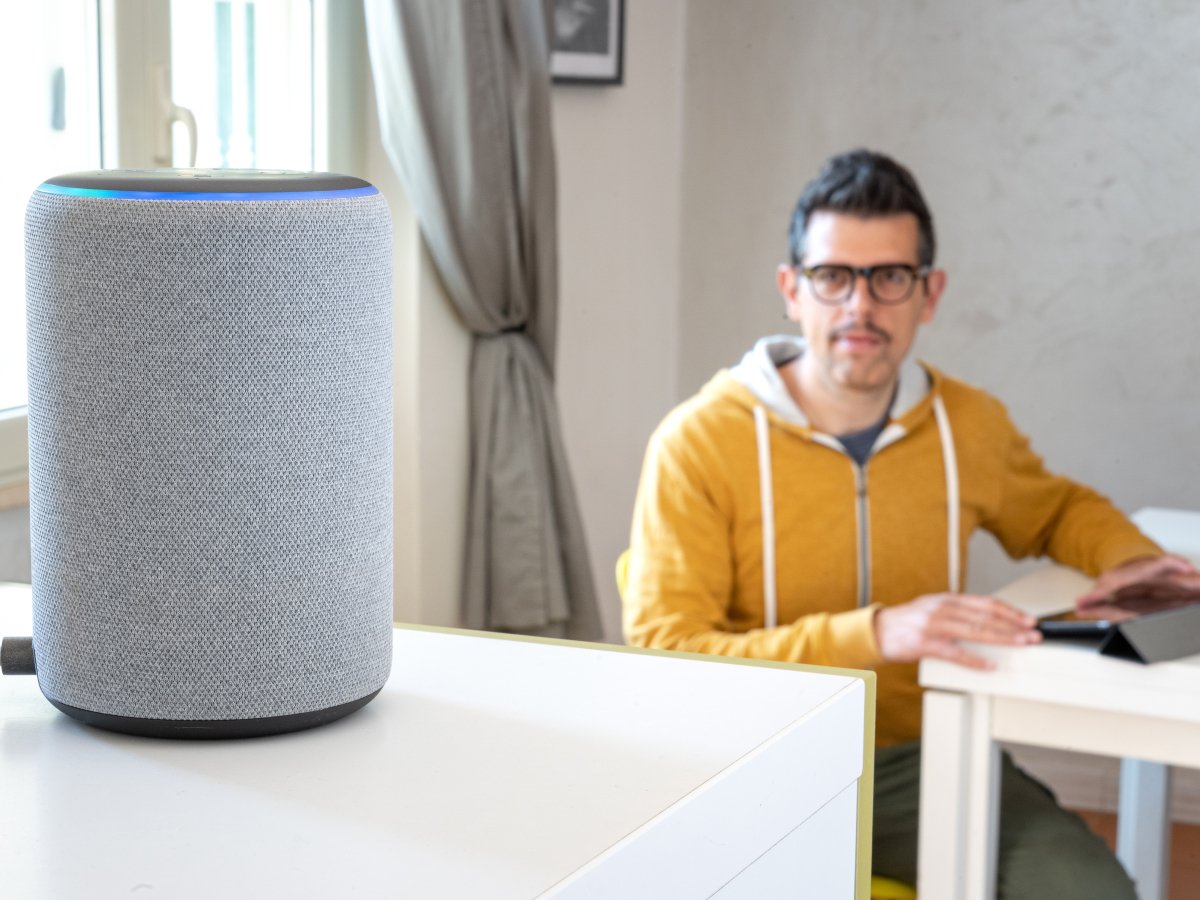
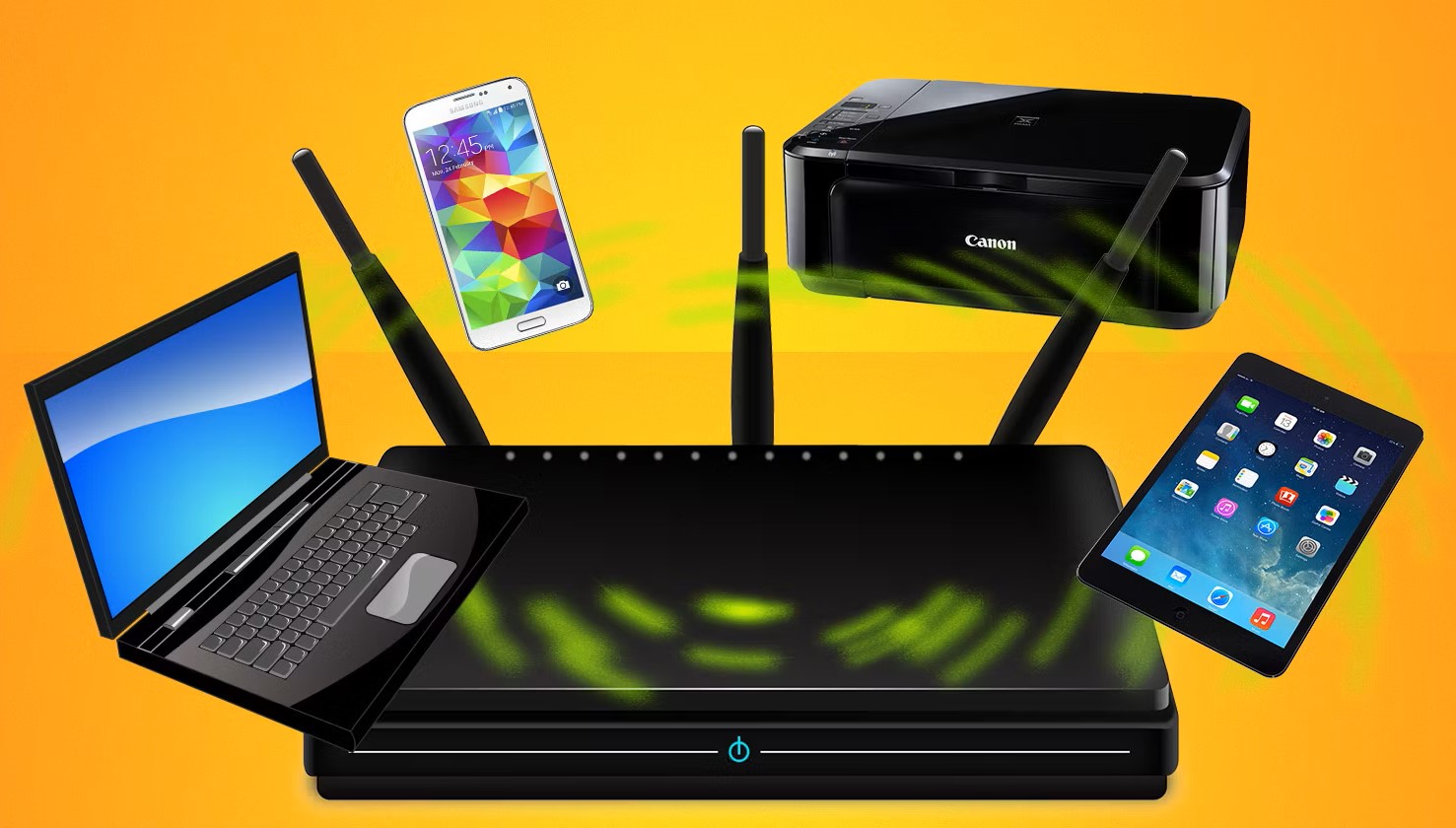
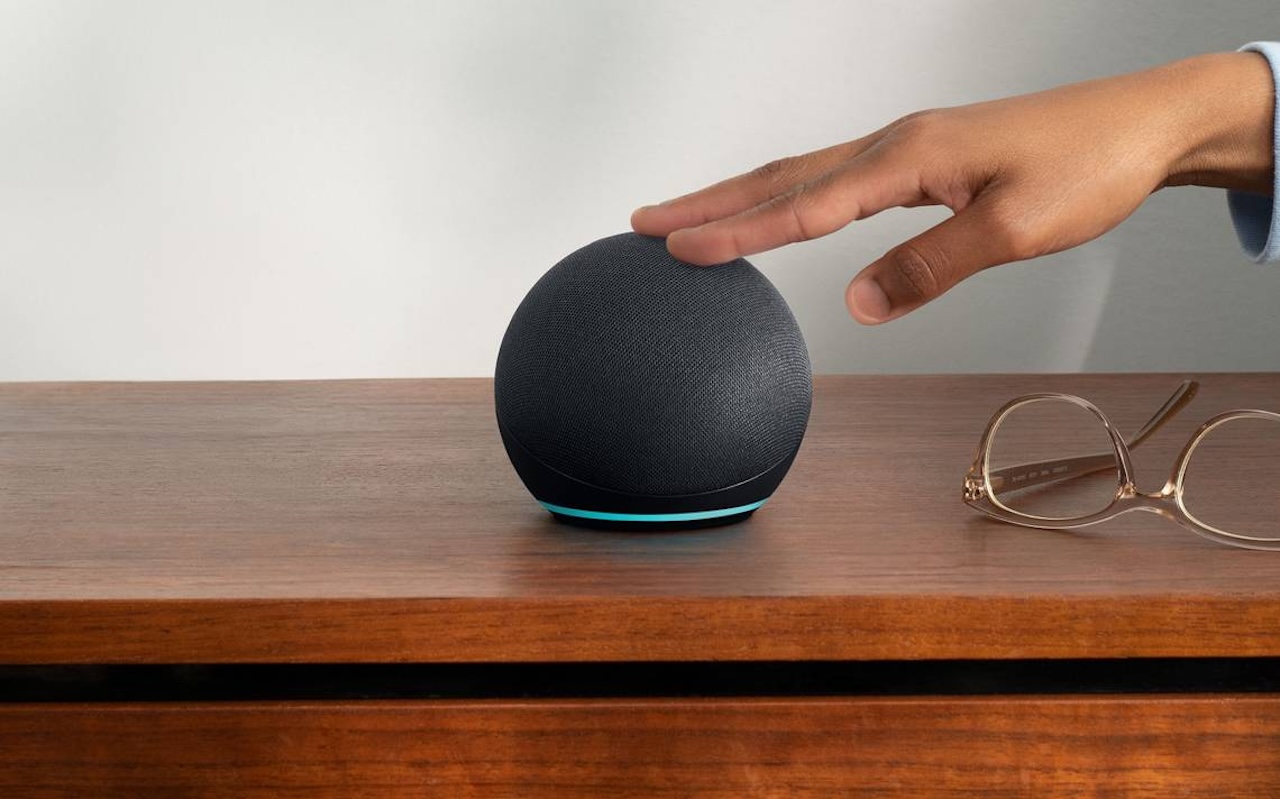
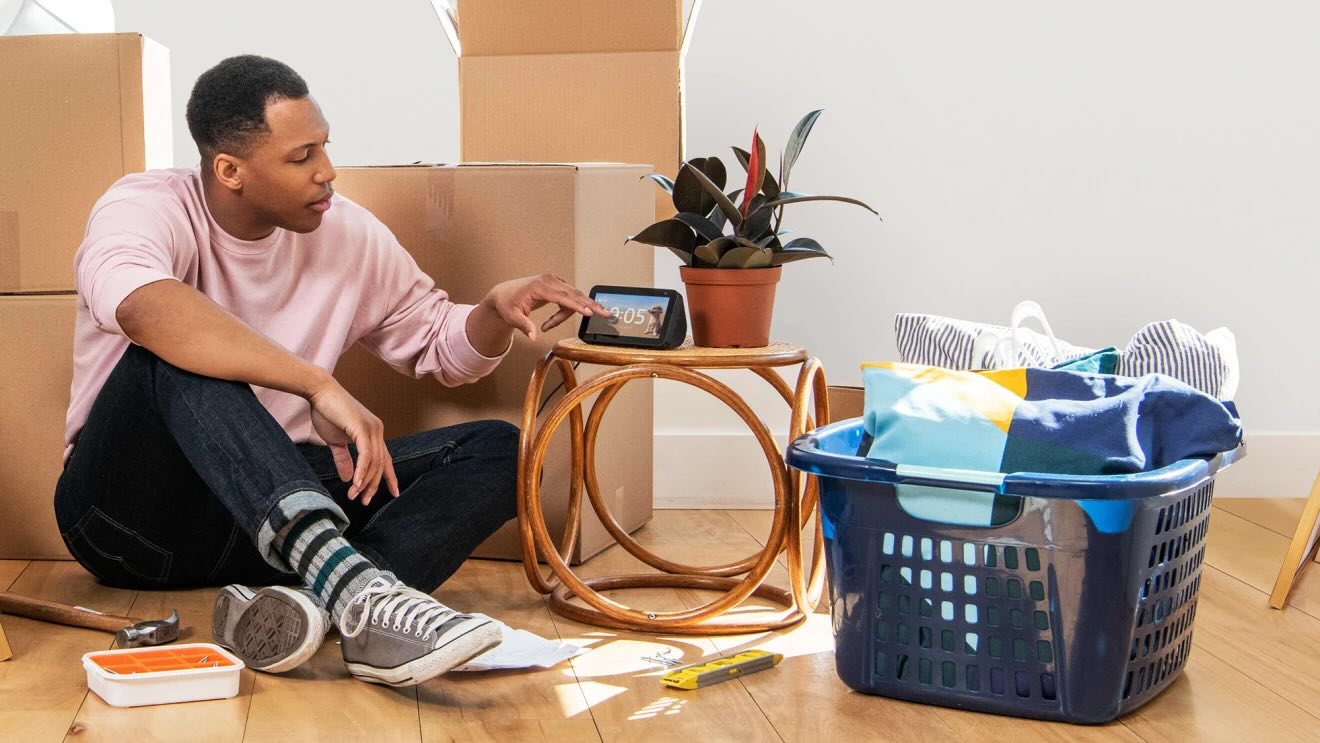
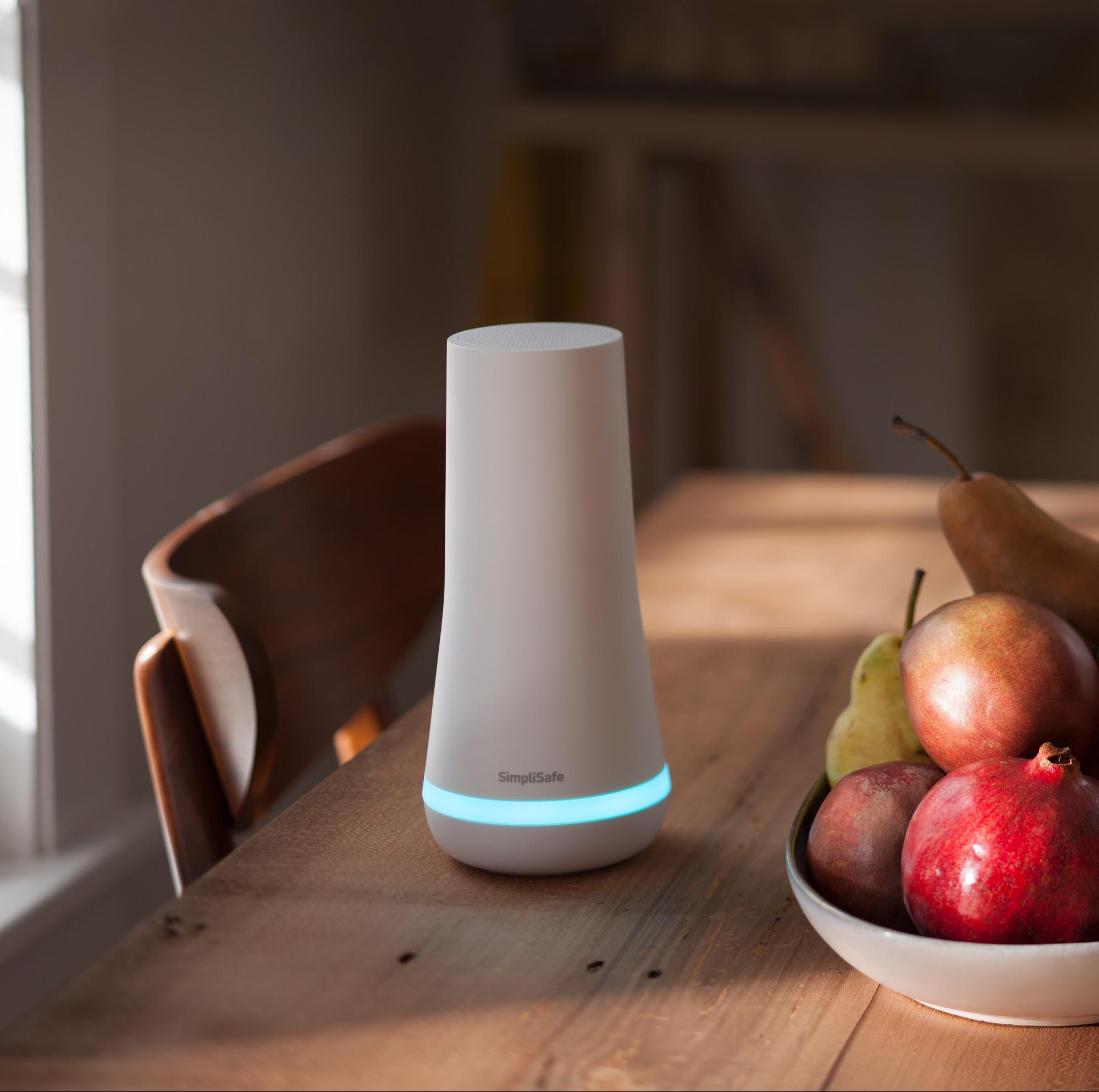
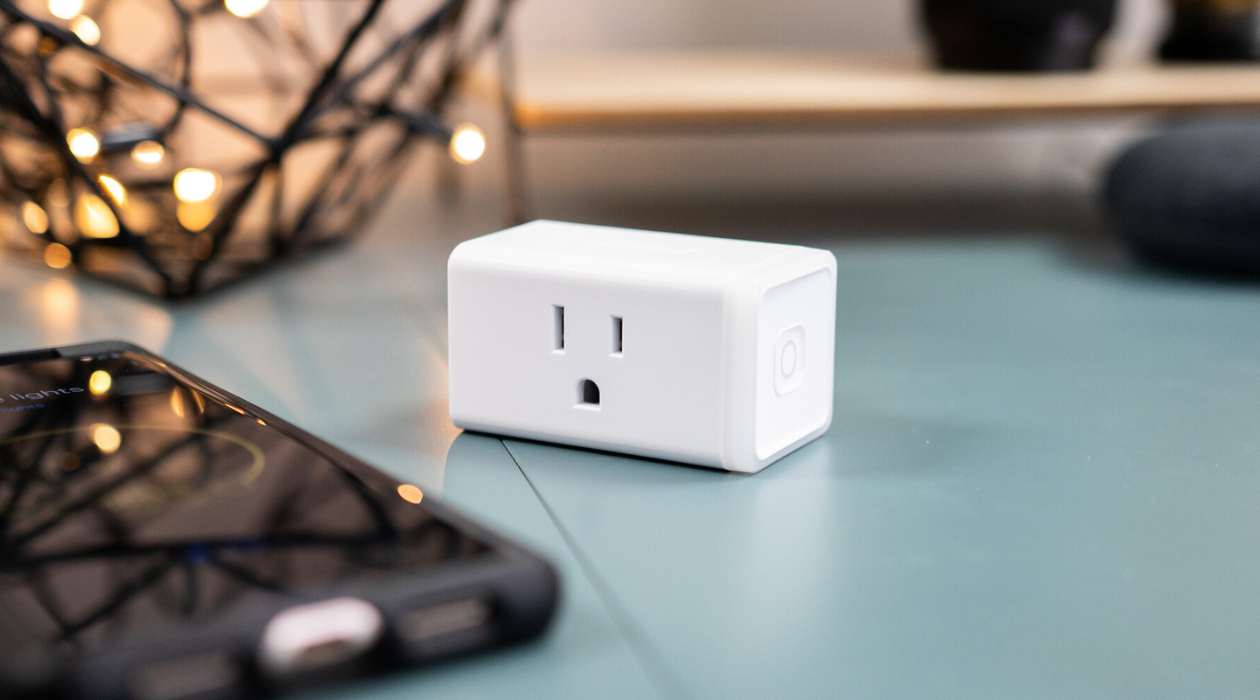
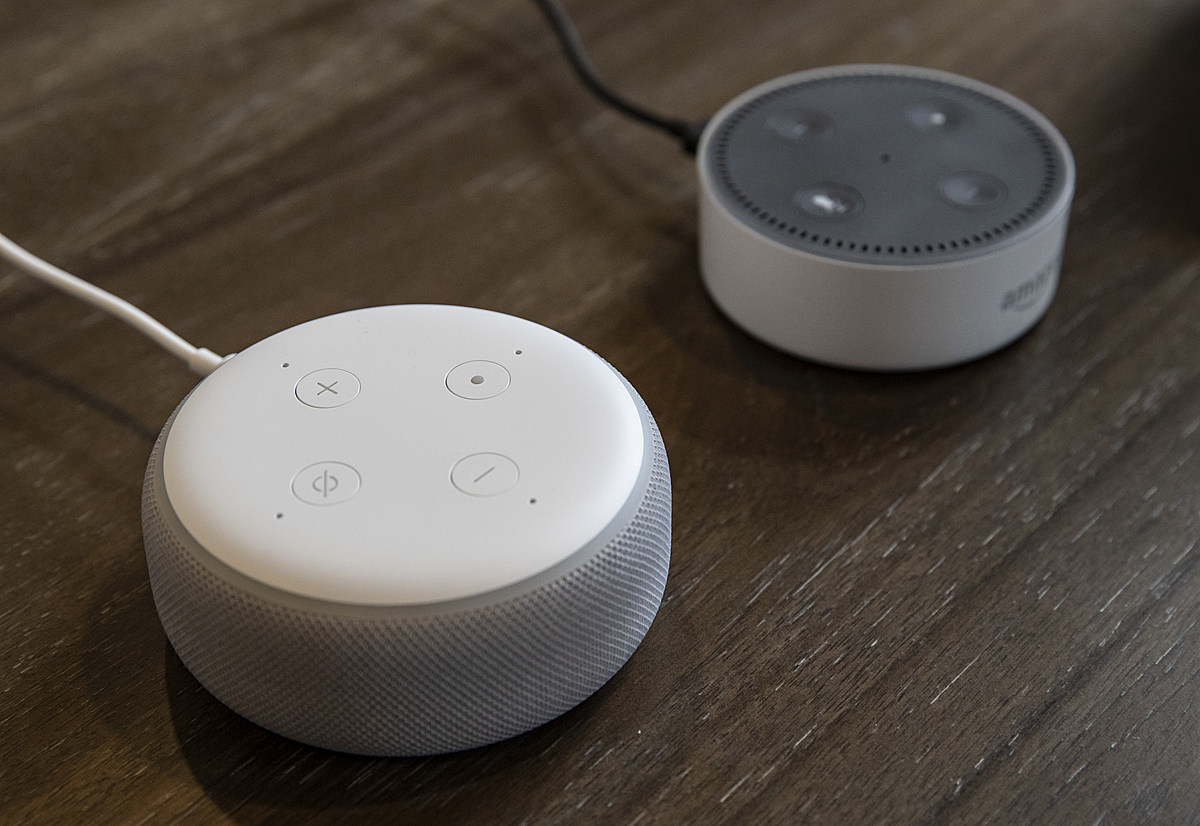
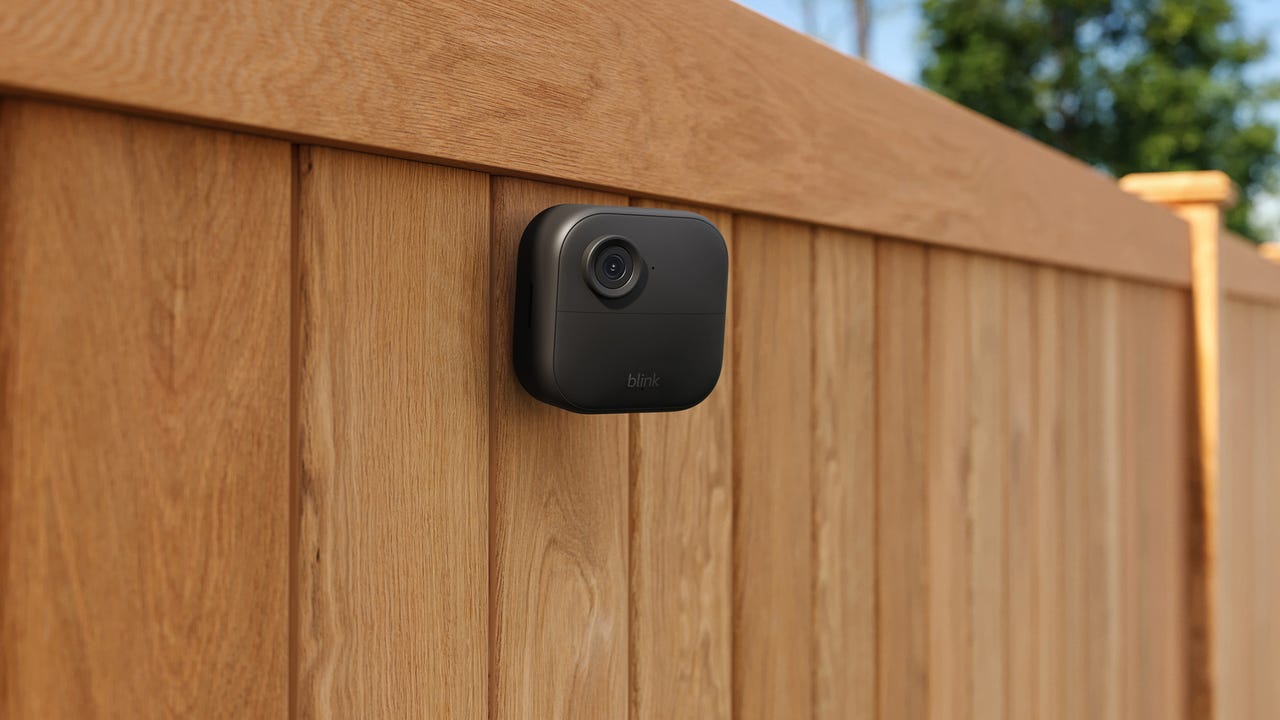
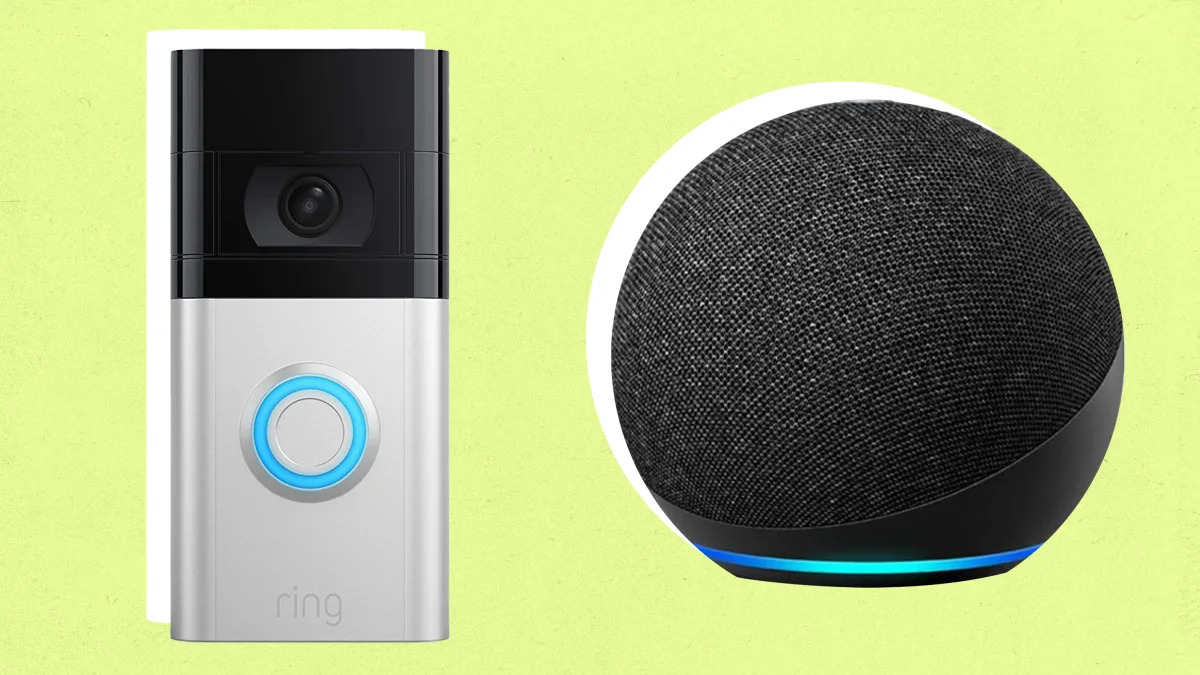
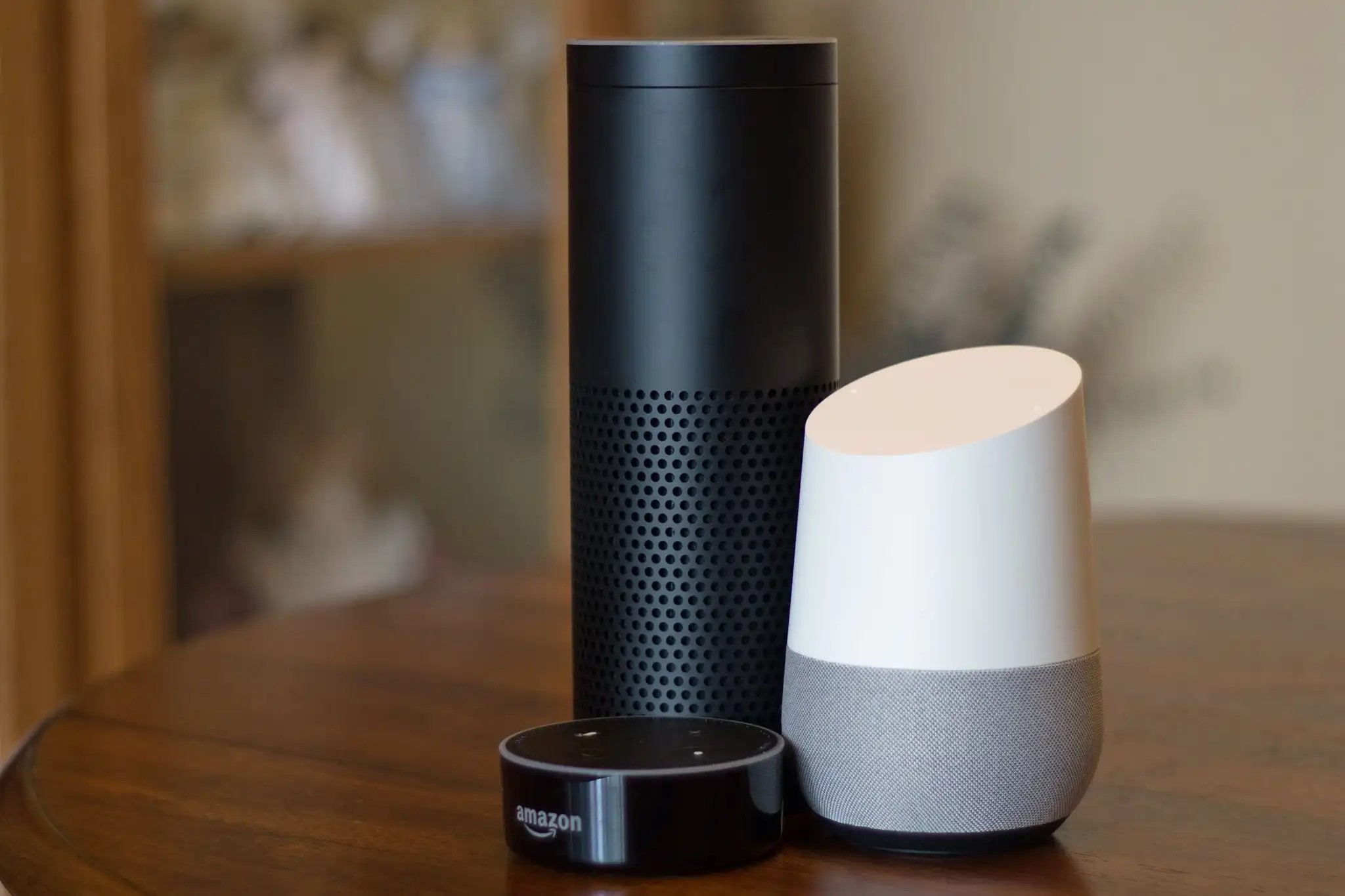
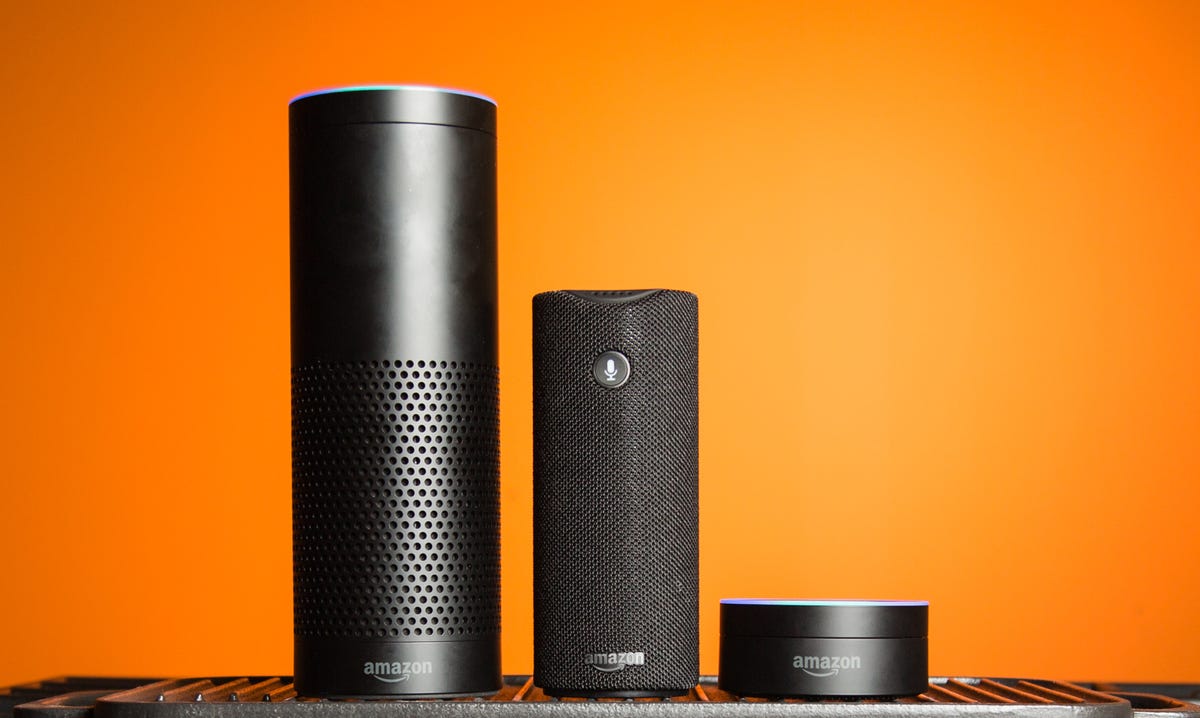
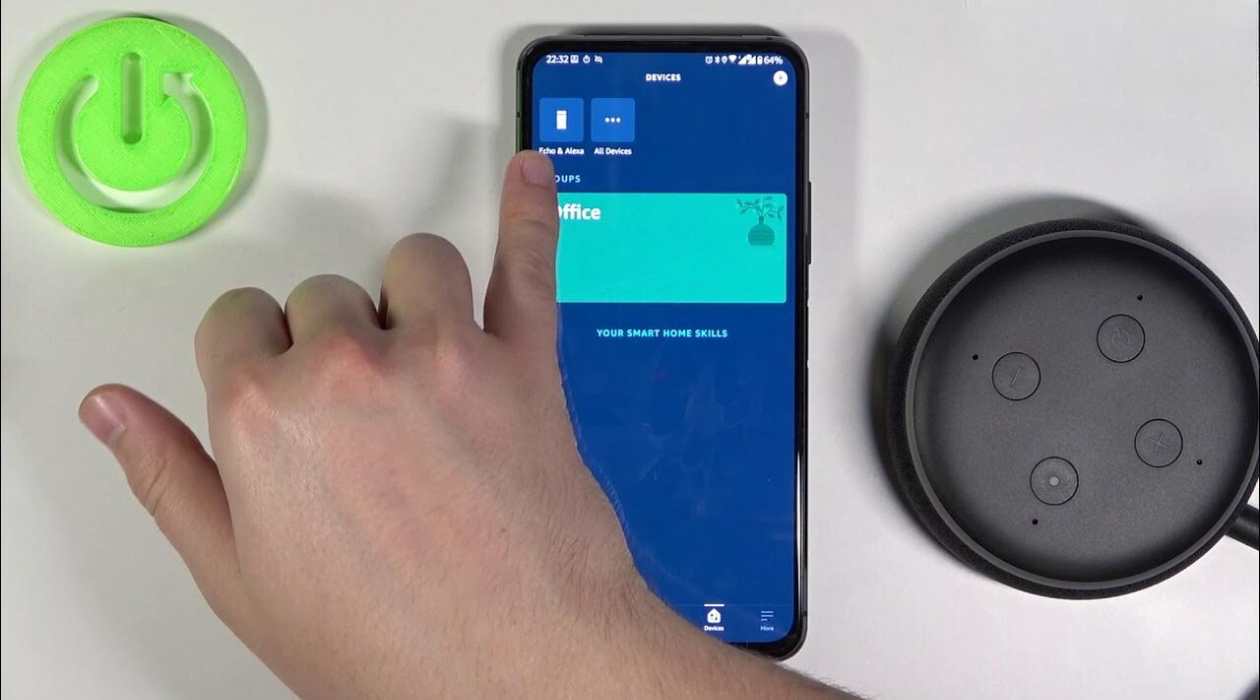
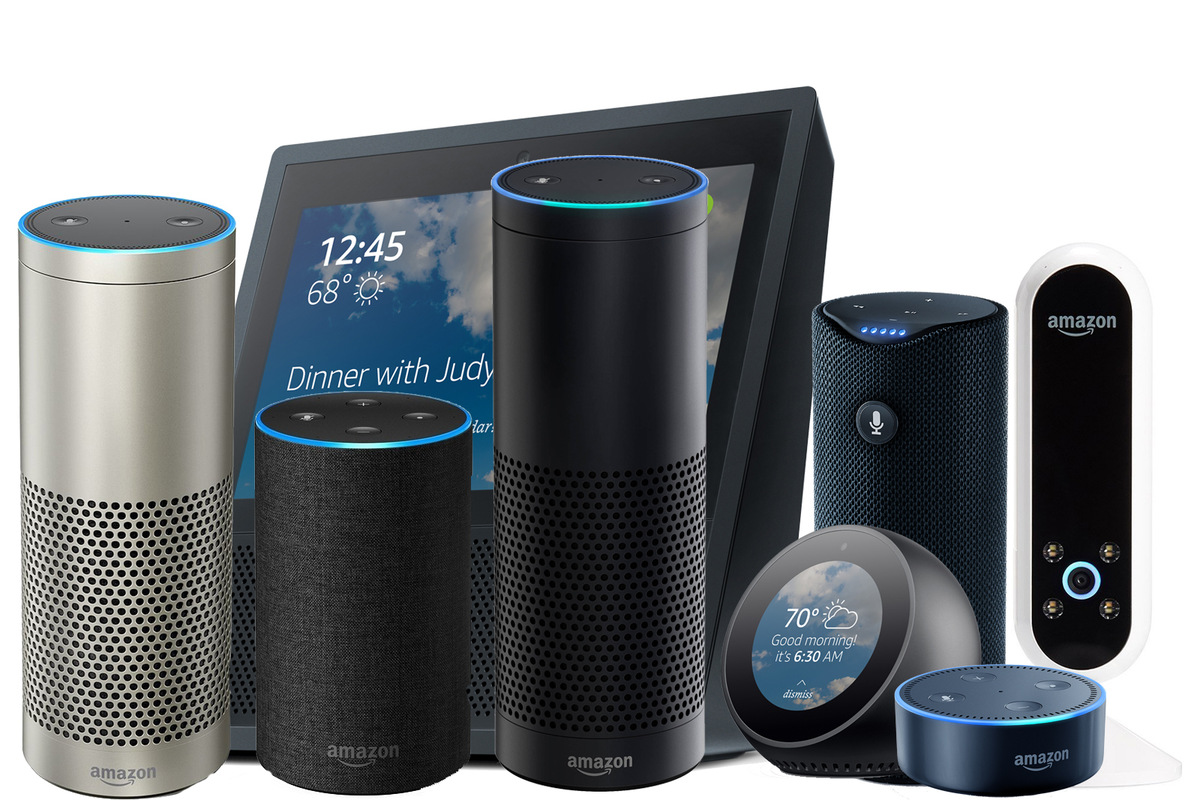
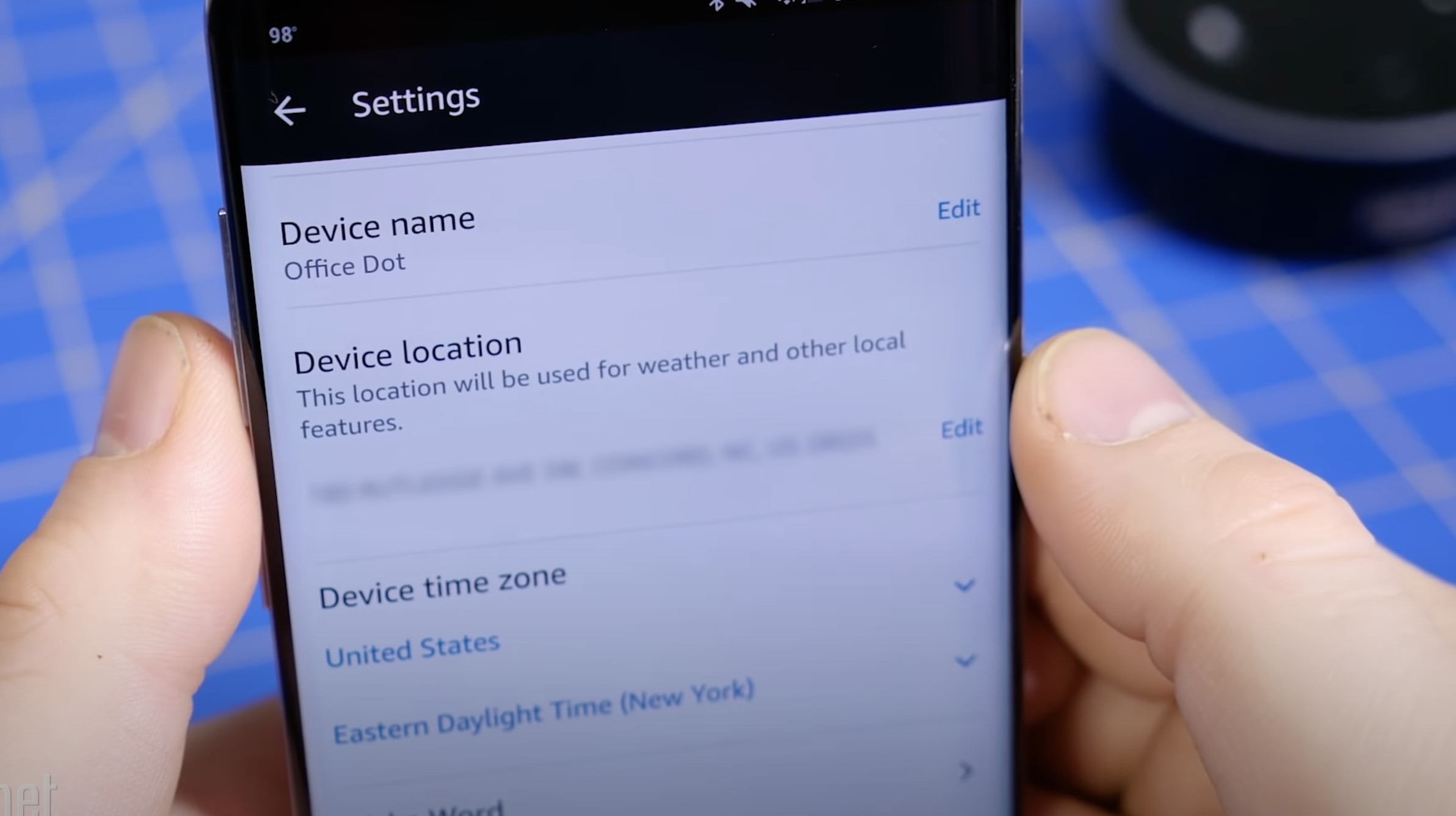
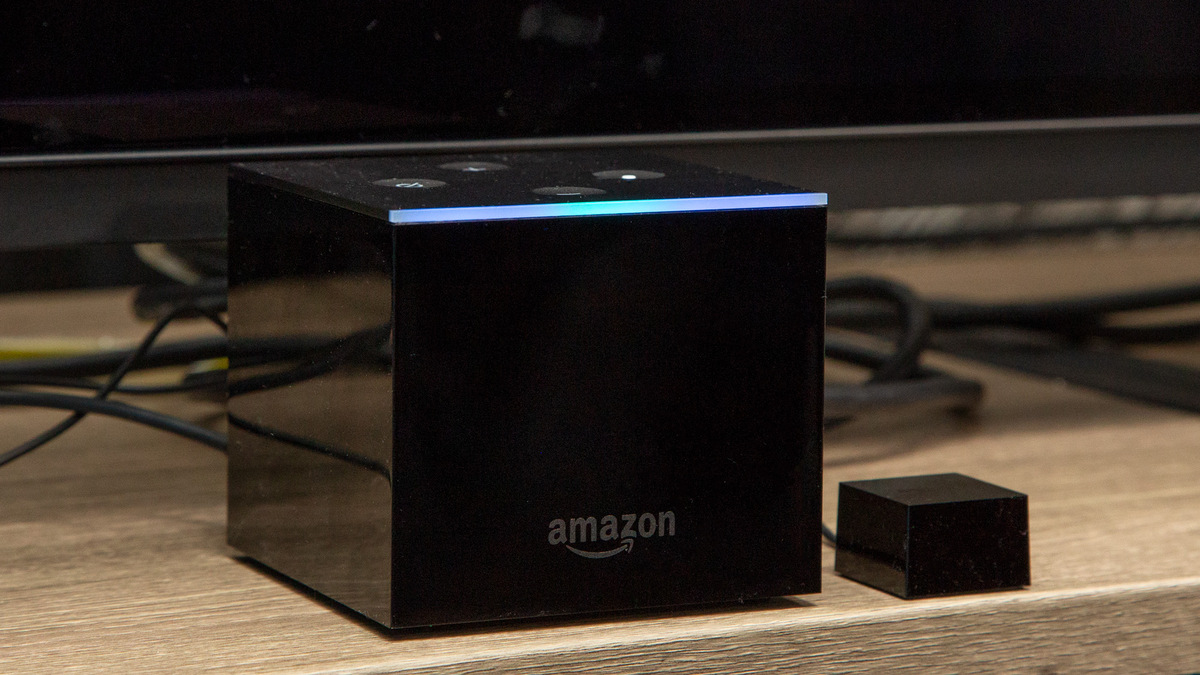

0 thoughts on “How Many Alexa Devices Can You Link”